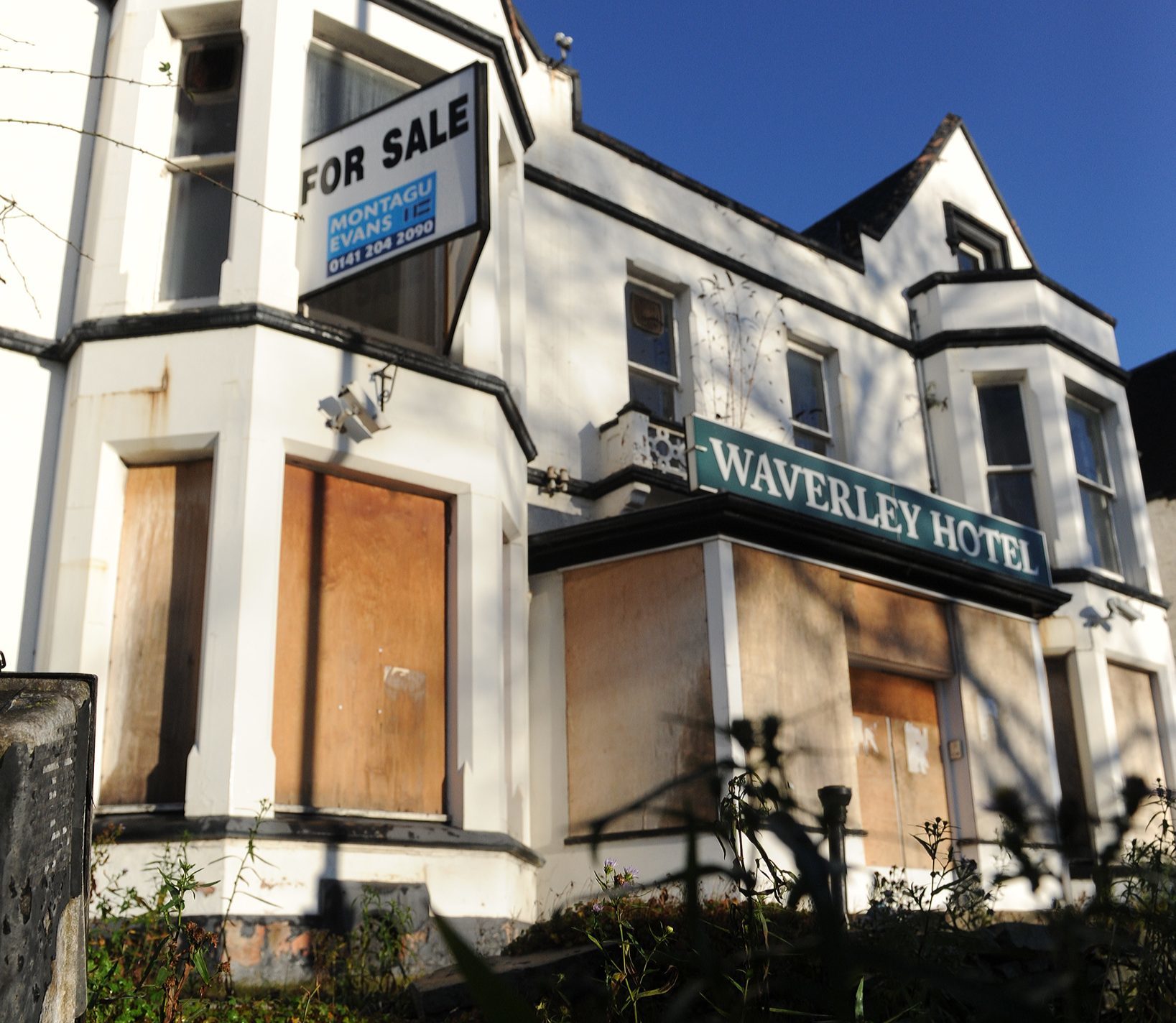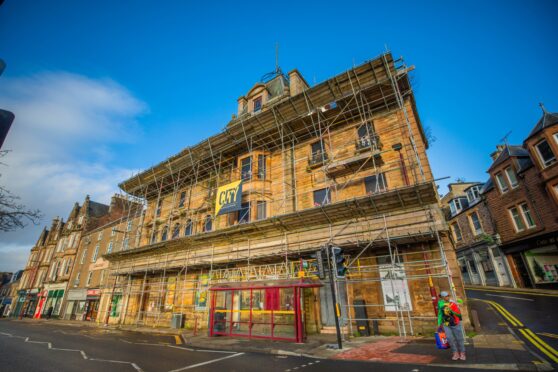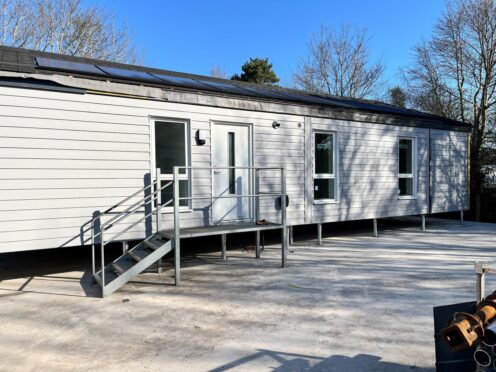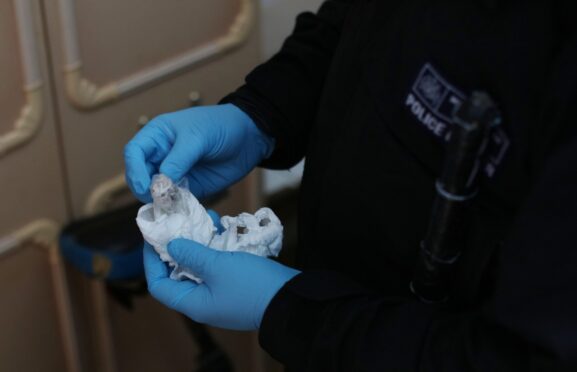The demolition of an “unattractive” eyesore former Perth hotel that was damaged by fire is closer to fruition.
A revised blueprint has been lodged on behalf of businesswoman and philanthropist Ann Gloag with Perth and Kinross Council for the planned move that, if passed, would raze the Waverley Hotel to the ground and replace it with a multi-use hall and gym facility, along with creating a lunch club for “struggling families and the homeless.”
Ironically, the building is located on York Place, Perth, was last used as a homeless refuge, before closing its doors in August 2011. It has remained empty since then and has been prone to vandalism.
It suffered a devastating fire in November last year when it took eight fire appliances more than four hours to get the blaze under control. The hotel’s roof suffered extensive damage as a result.
Ms Gloag is a member of the adjoining Trinity Church of the Nazarene, and the intention is for the church to run the new facilities.
A design statement lodged by developers Bonhard Leasing states that the relevant tests for demolition has been proved, and that by working with the local authority on the revised proposal, Bonhard feel the plan makes “good common sense” and removes an “unattractive and unviable eyesore.”
Their document says: “The proposal also creates a new vibrant centre for the church and the community in general and in addition, allows for the on-going protection and improvement of the listed church.”
The application also reveals that Ms Gloag plans to use the two-storey development as a “lunch club for struggling families and the homeless.”
Supporting documents suggest it would take around £3 million to restore the dilapidated building but this estimate was provided prior to the fire last year. Bonhard Leasing claim that because this option is not viable along with no interest in any business wishing to buy the building, this means the former hotel must be demolished.
A previous structural report carried out by Scott Associates for Bonhard Leasing, listed a catalogue of serious defects that make demolition almost certain. These included cracking to both the front and side elevation walls, movement evidenced by displacement of stone blocks, copes and lintels and the roof finishes were described as being in “poor condition.”










